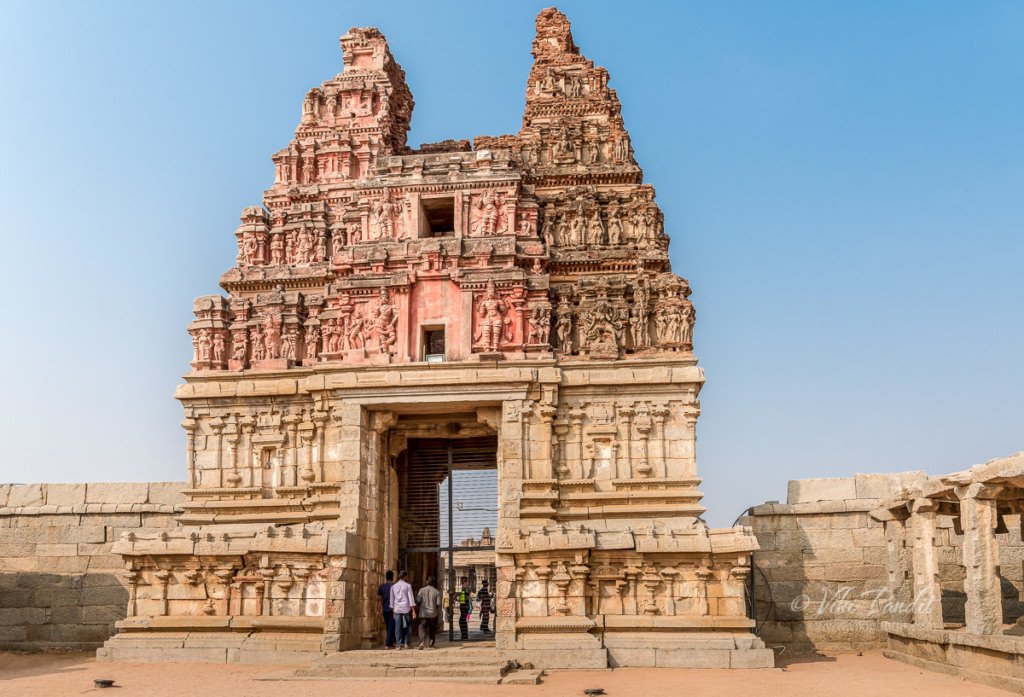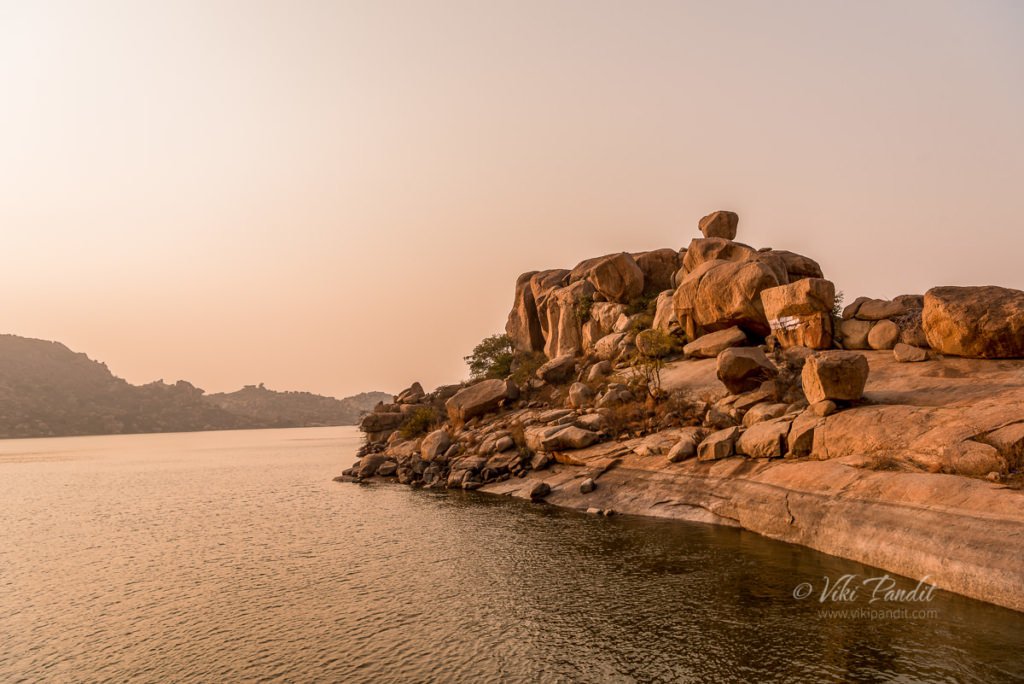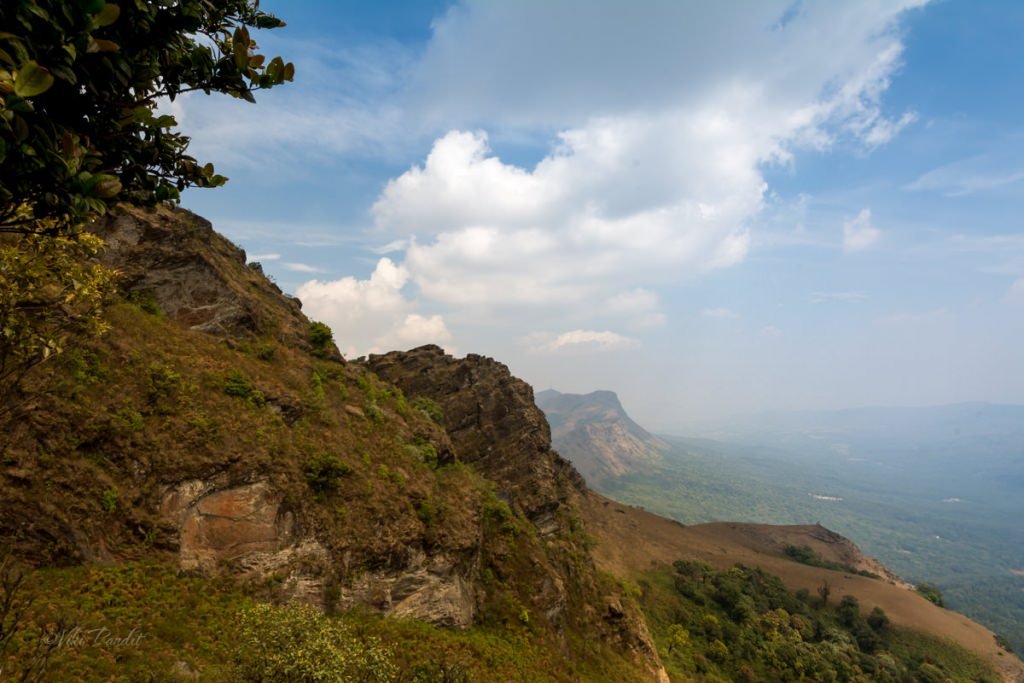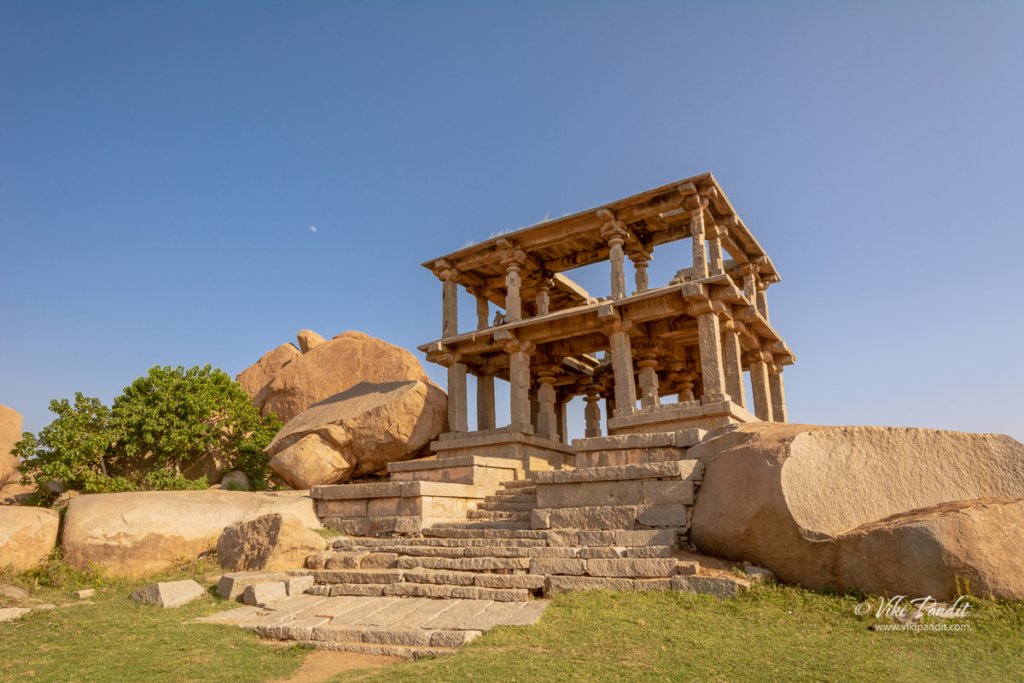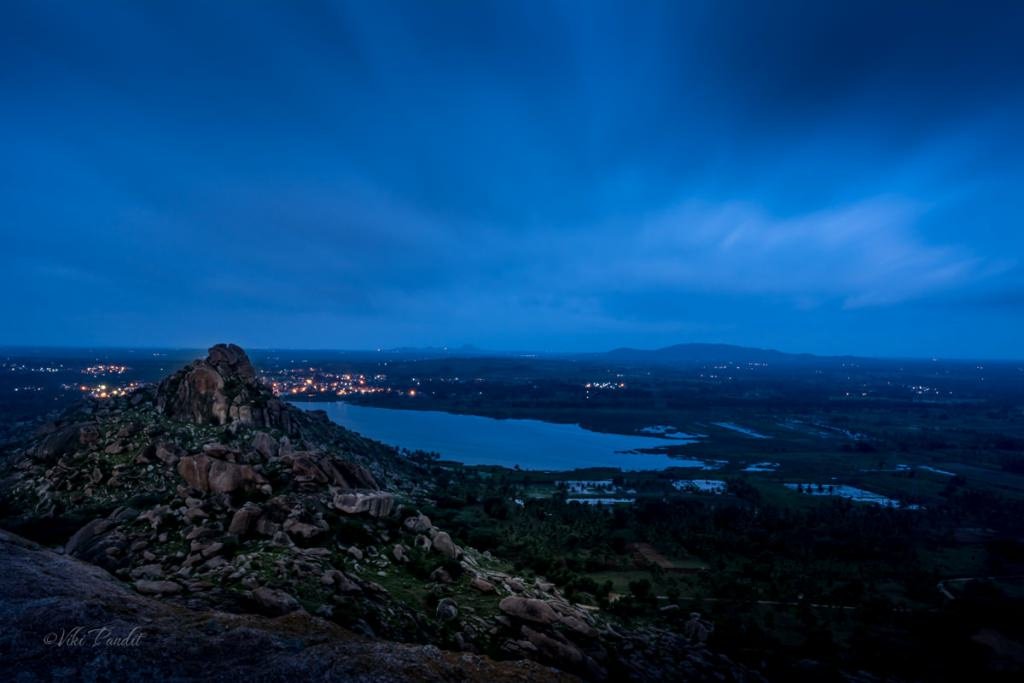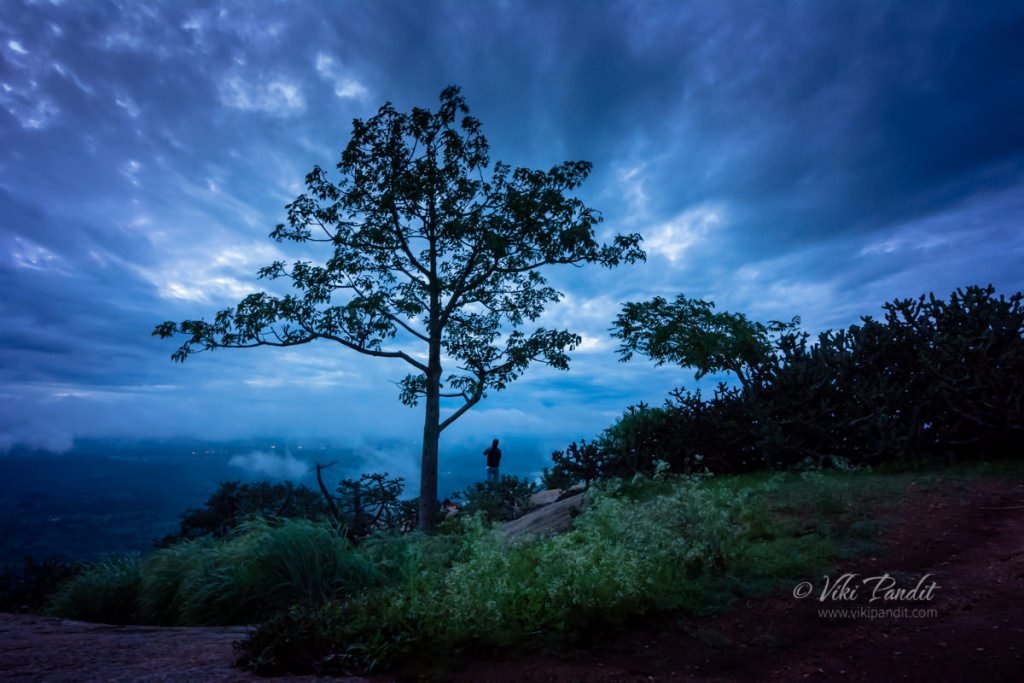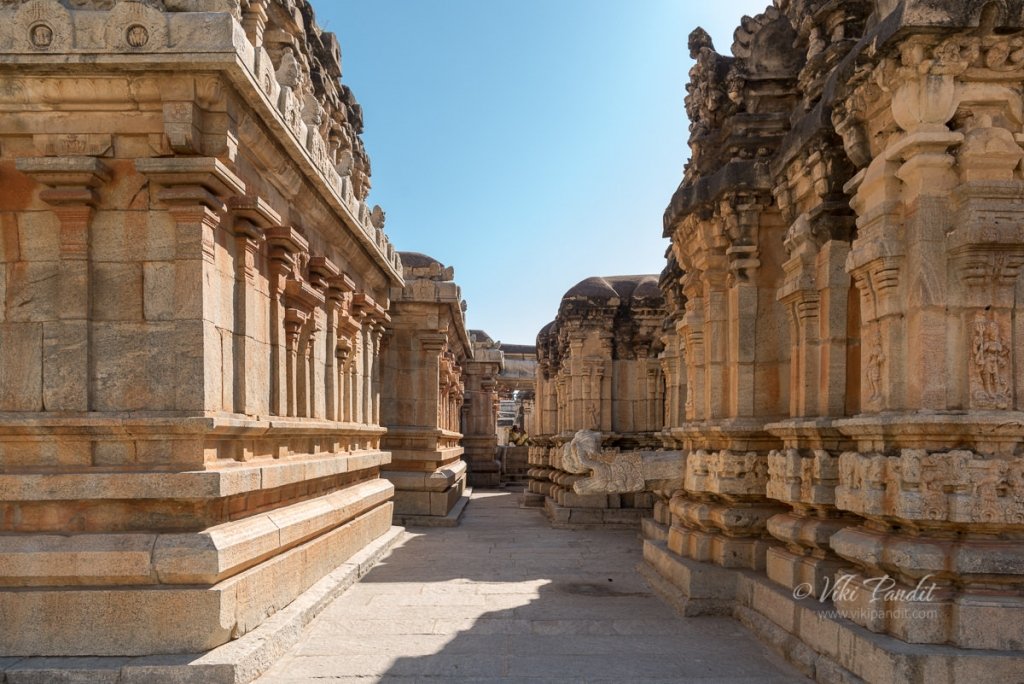
Exploring the Ramalingeswara Temple
Today we go to explore a Shiva temple raised to cleanse the sins of Rama and his brothers. The Avani village forms an intricate part of the story of Ramayana, as the birthplace of Luv & Kush. The shivalings at the Ramalingeshwara Temple here is said to be established by the Ayodhya princes themselves to absolve them of their sins of waging war against the twin adolescents.
